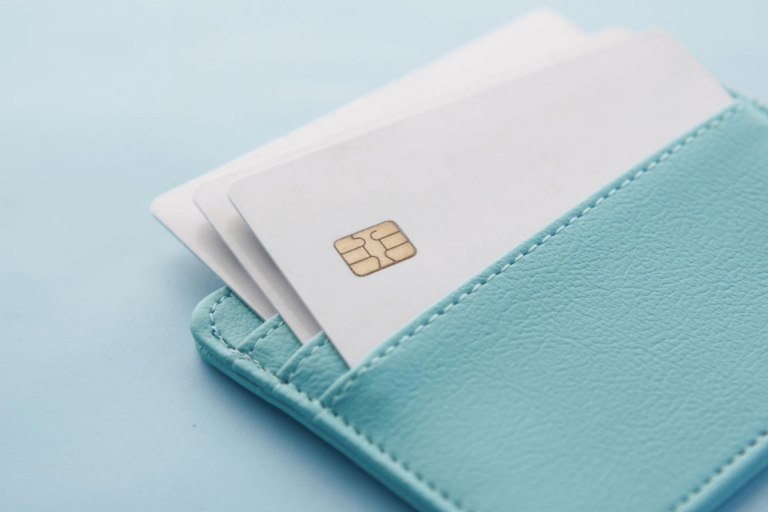How to Dispute a Credit Report Error

If you’re trying to build your credit score, the responsible thing is to check your official credit report regularly. A mistake on your credit report can lead to bad credit, even if you’ve been a responsible spender.
Keeping up with your credit report is vital. Mistakes are more common than you might think. A study from Consumer Reports found that more than a third of people see an error on their report.
Errors can pop up because:
- There was a technical issue with a payment
- Negative information has expired but remains on the report (most information stays on your report for about seven years)
- Your credit furnisher made an inaccurate report to one of the credit bureaus
- You’re an identity theft victim
“The American dream of owning a home or getting an education or even a job is at risk for those who find errors in their reports and struggle to get them corrected,” says Consumer Reports policy analyst Syed Ejaz.
Getting Your Credit Report
Typically three credit bureaus (Equifax, Experian, and TransUnion) provide free, annual reports. However, due to the pandemic, you can access your credit report for free every week through April 2022. Many sites say they can provide your credit report for free, but many scams ask for your payment information and charge you after a trial period. Unfortunately, the one official website for your free credit report is annualcreditreport.com.
What Should You Look for in Your Credit Report?
First, check if all of your personal information is accurate and up-to-date. One common problem in credit reports occurs when someone accidentally creates aliases. For example, if you open a new account and use your middle initial on your application when you usually don’t – that would make an alias. If you’ve created aliases, it’s possible for the system to get confused and add another person’s credit information onto your file.
All of your account information – payment history, account balances, credit inquiries – will be listed on the report. While balances may not be entirely correct, they should still be pretty close.
Your credit report will have a section for the information that negatively impacts your score. Ensure that all of the information in this section is accurate and from your accounts. Also, check that the data isn’t too old. Most negative information will expire and leave your report after seven years.
If you don’t recognize some of the information as your own or it looks like there was a mistake, there are a few different ways to dispute your credit report.
Digitally with the credit bureaus
The error could appear on only one bureaus’ report, or it could appear on all three. If it’s the latter, then you’ll have to start a separate dispute for each one. You’ll have to create individual online accounts with Equifax, Experian, and TransUnion to start a dispute.
Through regular mail
It’ll take a little longer to get your dispute submitted, but this method is just as effective as submitting it online. Credit bureaus have 30 days to respond to a dispute – or 45 if they need additional information. Certify your mail and keep track of your dispute to know if the bureau(s) you’re working with are responding on time.
If you’re sending your dispute in the mail, you should type and print your letter rather than handwriting it. This will ensure that your writing is legible for whoever is reviewing it.
Each bureau has a different address to send your dispute to, so be sure to use the right one.
File your dispute with your lender
Data furnishers – your lenders and creditors – report your information directly to credit bureaus. Taking it up with your furnishers will change the original data in addition to your report.
However you decide to file the dispute, the burden of proof is on the credit bureau. If they cannot verify the information hurting you, they have to remove it. When filing your dispute, provide as much proof against the error as possible.
Files to include with your dispute that could be helpful:
- Letters that show a student loan discharged because of a disability
- A police report or a report Federal Trade Committee that shows the error on your report is the result of identity theft
- Canceled checks to show that you made collection payments
- Bankruptcy schedules that show an account on your report were either included in or discharged in bankruptcy
- Relevant court documents or public records
- Account statements
If your dispute gets rejected
Getting rejected when you know the information on your report is false can be highly frustrating – thankfully, there are a few things you can do.
You can file again and provide additional files for your case. Be careful, though, because if you resubmit with the same information, you’ll likely get denied because the system might see it as a duplicate dispute.
If you get rejected again, you can file a complaint with the Consumer Financial Protection Bureau. They’ll start an investigation into your case, but the 30-day deadline won’t apply, so there’s no way to know precisely how long it will take. You can also use the National Association of Consumer Advocates to find an attorney if your situation feels dire enough.
They’ll help you take your claim against the credit bureau or your financial institution to court. According to Consumer Reports, if the company you file against is found to have committed a violation, your attorney fees could be covered automatically.
You’re legally allowed to write a 100-word statement to attach to your credit report. The statement is an excellent opportunity to explain your situation to creditors who pull up your report, but it doesn’t erase the error.






